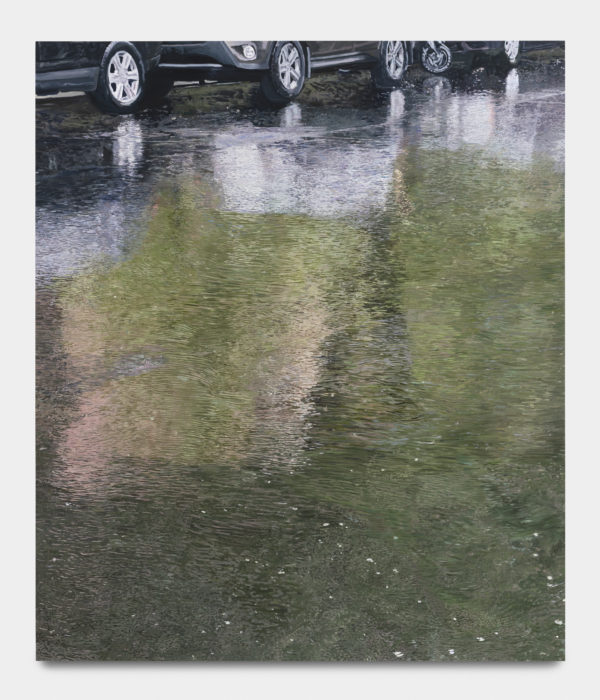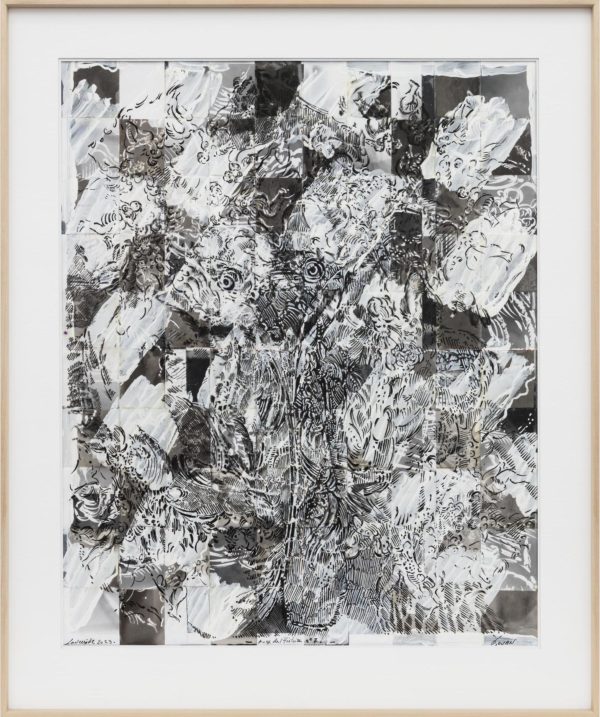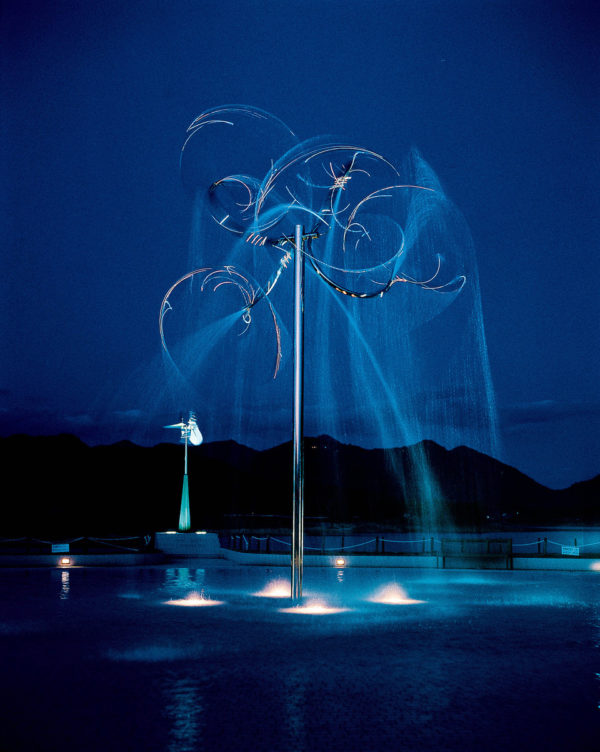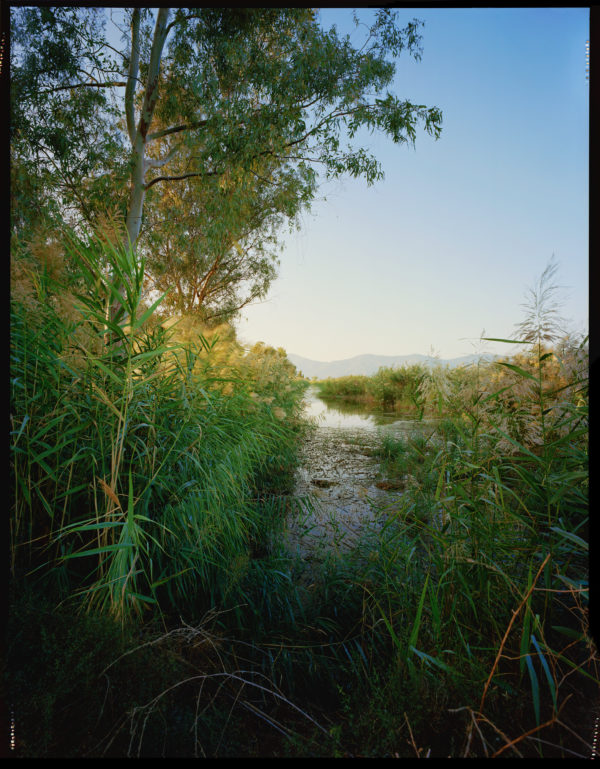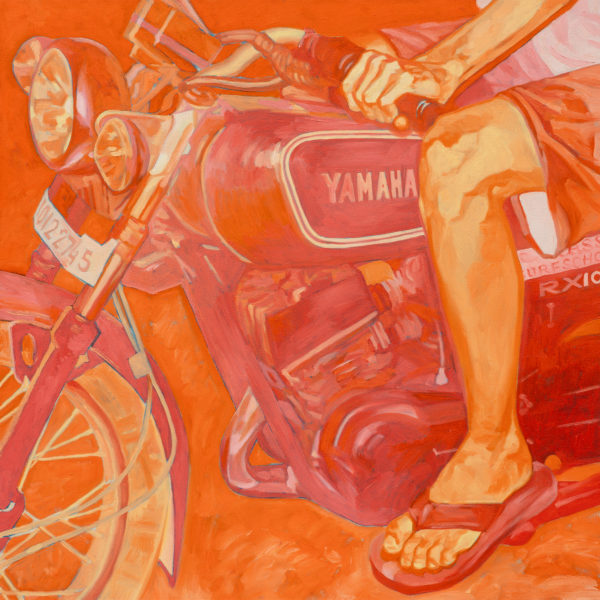STROUK GALLERY
"AGAPE"
Group show
Anastasia Bay, Quarterback I, pastel and acrylic on canvas, 2021, 200 x 220 cm
This collective exhibition featuring 33 artists is a condensed version of contemporary art history and the various artistic movements represented today. From digital art to graffiti, from Narrative Figuration to Pop Art, this exhibition celebrates historic or emerging international artists through colorful and joyful works.
Group show of Refik Anadol, Anastasia Bay, Vincent Beaurin, Ana Benaroya, Mia Chaplin, Cydne Jasmin Coleby, Robert Combas, Thomas Dillon, Erró, Futura2000, Monica Kim Garza, Keith Haring, Damien Hirst, Robert Indiana, Invader, Susumu Kamijo, Tadashi Kawamata, Wang Keping, Jordy Kerwick, Olivier Kosta-Théfaine, Austin Lee, Prosper Legault, Leo Luccioni, Takashi Murakami, Godwin Champs Namuyimba, Jacopo Pagin, Peter Saul, Marco Scarpi, Gérard Schlosser, Ryan Schneider, Mamali Shafahi, Josh Smith, Keiichi Tanaami.
From May 25th to July 6th, 2024
Rendez-Vous
Saturday 25 May 2024 at 6:00 pm
Opening of the exhibition
Sunday 26 May 2024 from 2:00 pm to 6:00 pm
Guided tour of the exhibition and meeting with the artists
Paris, France 01 40 46 89 06 www.stroukgallery.com
The gallery
Located in the heart of Paris, Galerie Strouk has been the leading force in Pop Art, Narrative Figuration, Figuration Libre, and New Realism for over thirty years. Since March 2012, Galerie Strouk has been situated at 2 Avenue Matignon (Paris 8th), in a magnificent private mansion that enhances the power of the artists presented with historic solo exhibitions. Each exhibition is accompanied by the publication of a high-quality catalogue.
In 2021, Galerie Strouk opened a second space in the Louvre district, at 5 Rue du Mail (Paris 2nd): nearly 650 square meters dedicated to the current artistic scene, in dialogue with the gallery's historic artists. It serves as a meeting place with the organization of performances and conferences, and hosts large-scale curated exhibitions, such as "Awakening" by Martin Kiefer in March 2023 or "Cut & Clash" by Amélie Adamo in March 2024.
Gallery artists
Valerio Adami, Pat Andrea, Vincent Beaurin, Ben, Vivi Cho, Robert Combas, Love Curly, Antony Donaldson, Erró, Philippe Hiquily, Peter Klasen, Jacques Monory, Pavlos, Bernard Rancillac, Jean Pierre Raynaud, Gérard Schlosser, Antonio Seguí, Valentin van der Meulen
